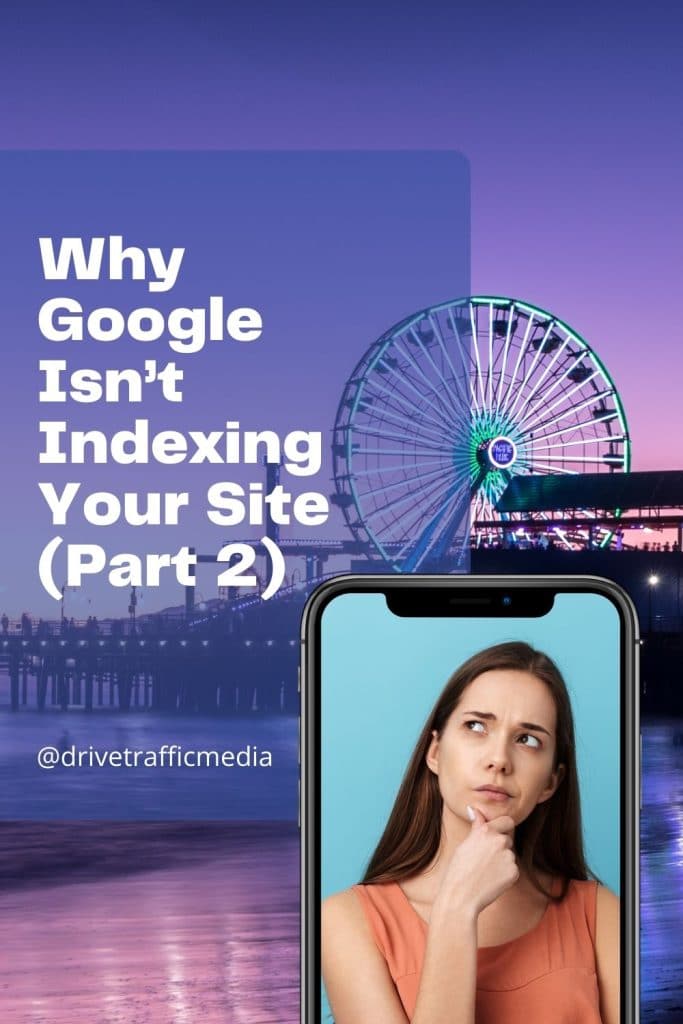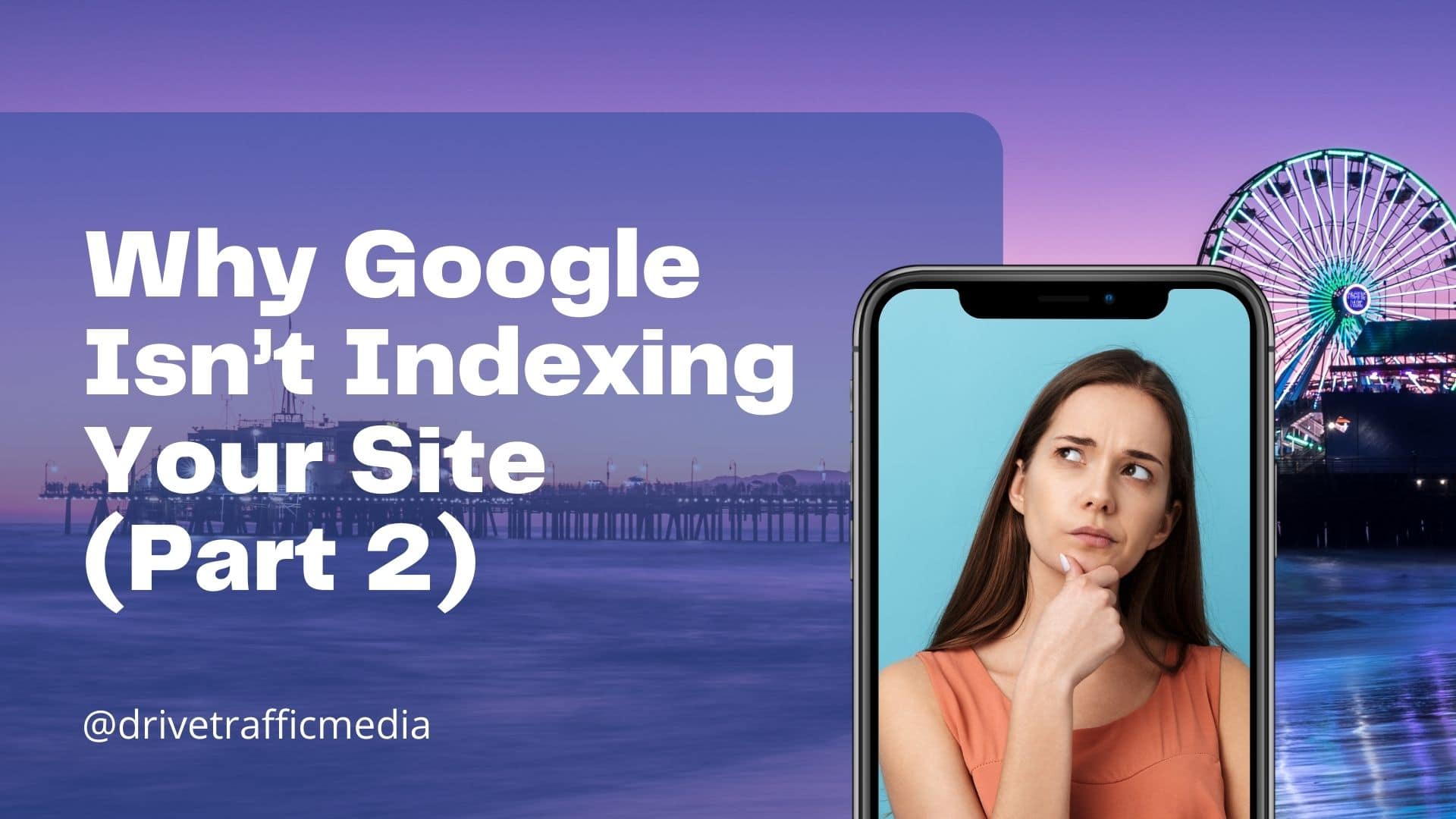Welcome to the second part of Why Google Isn’t Indexing Your Site! We’ll be discussing some other reasons your site isn’t as visible as you’d like it to be.

1. Your Site’s Plugins Prevent Google from Crawling
You may have accidentally set up a plugin that’s preventing indexation. A common plugin is a robots.txt file, which tells search engines if they can crawl through or not. If you want Google to crawl through all of your pages, then you have to set this to public.
If your robots.txt has this, then you’re preventing Google from accessing your site’s root folder.
User-Agent: *
Disallow: /
Instead, make sure it looks like this:
User-Agent: *
Disallow:
2. Your Site Uses JavaScript Badly
JavaScript in itself isn’t bad, but the ways it manifests (or refuses to manifest) on the page may be considered shady. Google wants to ensure that what their bots are seeing is also what the general public is seeing, so don’t hide anything. Trying to hide something from Google or trying to show them something others can’t is considered cloaking and is a violation of Google’s guidelines.
3. Your Site Has More than One Variation
If your site name’s got multiple variations (e.g., moving from http:// to https://) or spellings (e.g., Facebook owning facebook.com, fb.com, facebok.com, etc.), you’ll want to add all of them to the Google Search Console. This ensures that all variations lead to your primary website. If you don’t, Google might tag them as duplicate content.
4. Your Site’s Meta Tags are Set to No Index, No Follow
Meta tags are invisible snippets of text. They’re usually located at the top of the page’s coding so search engines can quickly figure out its contents. In some cases, website owners might accidentally set their meta tags as no index, no follow. If you have a hard time keeping up with what pages on your site should and shouldn’t be indexed, this could be a very tragic mistake indeed!
Always make sure your pages are configured properly before publishing them.
5. Your Site Doesn’t Have a Sitemap
A sitemap is essentially an outline of your website. It lists down all pages and files within a domain, lets Google know what your site is about at a glance, lets Google know what its most important pages are, ensures that all viable sites can be crawled and indexed, and provides valuable information like alternative language versions, last updates, and file sizes. In short, sitemaps are very, very important and a great web design company like Drive Traffic Media can help with this.
Without a sitemap, Google is essentially flying blind and may take more time indexing your site.
6. Your Site Hasn’t Cleaned Up Its Act
Google frequently sanctions websites that falsify information, direct users to pages Google can’t see or are riddled with malware and spam. This leads to your site falling off the ranks and even possibly being removed entirely. Most of the time these penalties were done by accident, so you have to make sure you’re keeping up with your content regularly.
If you suspect you’ve been hit with a penalty, log into Google Webmaster and check. If you do have one, fix it as soon as possible and have your page rereviewed by Google. Another, much safer route would be to read Google’s guidelines carefully to prevent from being penalized.
7. Your Site Has Terrible SEO
Having good SEO techniques is essential to getting indexed and ranking high on search engines. It may seem like a bit of hocus-pocus to those who are unfamiliar with it, but ignoring technical SEO entirely will only be detrimental to your site. If you’re not sure how to use SEO, then consider hiring some experts to help you out—they’ll easily fix any issues you have and add elements to increase rankings.
If you’re looking for an SEO company in Los Angeles, then this is your lucky day. This is Drive Traffic Media and we can be contacted at (949) 800-6990 or info@drivetrafficmedia.com.




